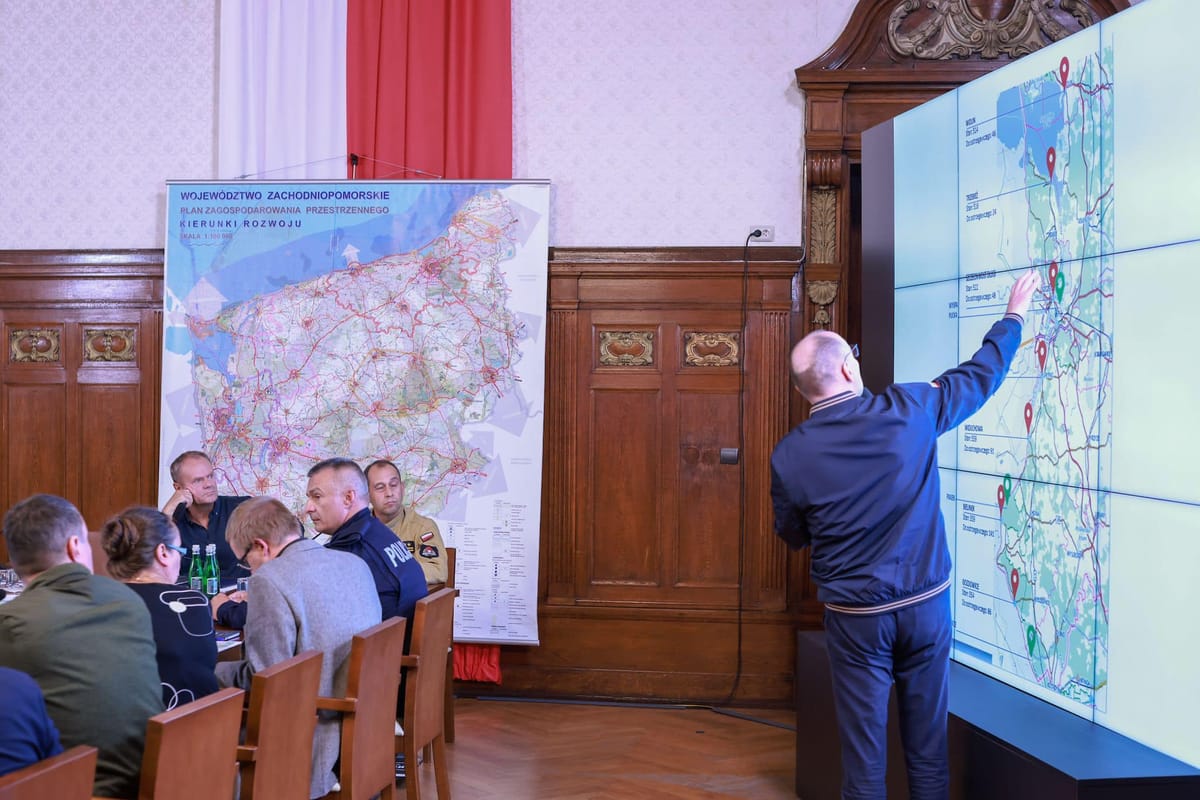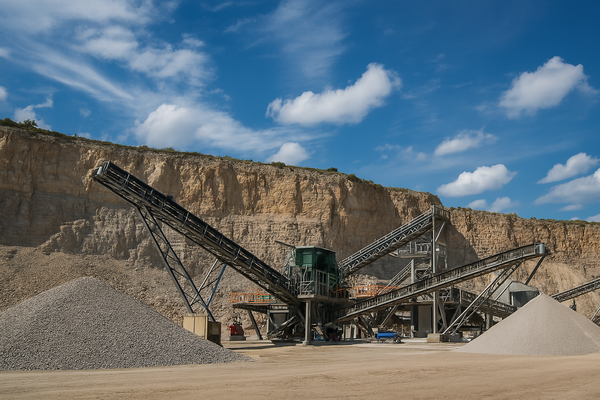
Estonia, Latvia, Lithuania, Poland to ask EU to cofund 'Baltic Defence Line'
Estonia, Latvia, Lithuania, and Poland are seeking EU financial support for a coordinated network of military fortifications along their borders with Russia and Belarus.
“The security situation demands comprehensive defences,” Estonian Defense Minister Hanno Pevkur said, adding that “the Baltic Defence Line supports NATO’s forward defense and is vital for EU security. Coordination with Poland is essential, and we believe the EU should help fund this effort.”
The Baltic Defence Line aims to bolster regional security and reinforce NATO’s eastern flank. Initially proposed by the Baltic states in January, before Poland unveiled its parallel East Shield project in May, these measures target growing military threats from Russia and Belarus. Both projects are set to begin construction soon amid rising concerns over security threats.
New fortification projects: Baltic Defence Line, East Shield
Defence ministers from Estonia, Latvia, Lithuania, and Poland met to discuss EU funding on Friday 27 September, in Daugavpils, south-east Latvia. In a joint statement, the ministers noted that “external threats along the Baltic-Polish frontier are increasing,” making fortifications a priority for NATO. Russia’s war in Ukraine highlights the need for physical barriers, even in the age of advanced warfare, according to the defence ministers.
Without specifying how much financial aid they would be seeking from the EU, the ministers said in a joint statement that “Russia’s war against Ukraine has shown that creating physical obstacles on an open ground with no natural defensive cover is paramount even in technologically advanced warfare.”
Estonia, with a population of 1.3mn, plans to build 600 bunkers along its 333km border with Russia. The 3-phase project, starting in 2025, is expected to cost EUR 60mn, though building on private land may cause delays. Poland plans to have its EUR 2.3bn East Shield operational by 2028, while the cost of Lithuania’s border fortification plan is estimated at EUR 300mn.
NATO’s Eastern strategy: unified response to rising tension
These defence lines are part of NATO’s broader strategy to strengthen its eastern presence amid escalating tensions with Russia. The war in Ukraine and Russia’s activities in Belarus and Kaliningrad have spurred NATO’s eastern members to focus on deterrence.
The fortifications will not in peacetime include offensive measures such as mines or barbed wire, instead focusing on bunkers, barriers, and warehouses to support troop deployments.
Securing EU funding is a critical next step. Proponents argue the projects not only strengthen NATO’s defence but also enhance EU security, making a compelling case for financial support from Brussels.





